Six things learned after Friday practice in Abu Dhabi
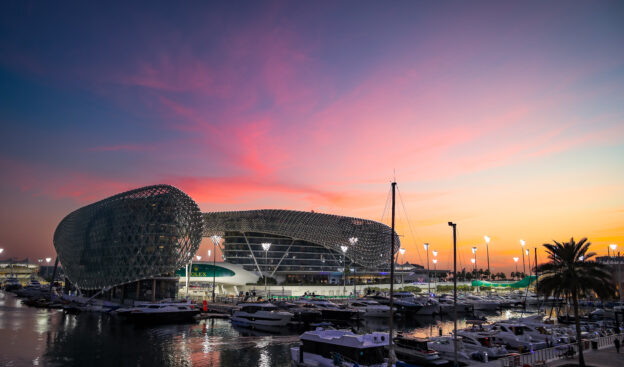
The very much anticipated first day of testing for the very last grand prix of the season in Abu Dhabi learned us the following six things:
- After Friday free practice at the amended Abu Dhabi circuit for the title decider, Mercedes driver Lewis Hamilton has gone quickest on the P Zero Red soft C5 tyres, with a best FP2 time of 1m23.691s. Alpine's Esteban Ocon was second-fastest in FP2, also on the soft tyres, while Hamilton's title rival Max Verstappen was fourth after going fastest in FP1 on the same compound.
- The Yas Marina circuit has been redesigned since last year, with five fewer corners and a more flowing layout to aid overtaking. As a result, the fastest FP2 time was around 13 seconds faster than the equivalent time last year.
- The new circuit layout puts more energy through the tyres, shifting the emphasis towards lateral loads rather than traction and braking.
- The second free practice session, held in the evening, was the only representative session before qualifying, with track temperatures of 29 degrees centigrade and ambient temperatures of 27 degrees at the start. This was about 10 degrees cooler than the track temperatures in FP1.
- The soft tyre, which is not considered key to the race by the teams, was most often used in FP1 as the drivers learned the new circuit and asphalt. During FP2 they focussed on a comparison between the soft and medium compounds, mainly doing short stints.
- The performance gaps so far between the compounds on this new layout are an estimated 0.4 seconds between the P Zero White hard and P Zero Yellow medium, while the gap between the medium and soft is a bit bigger than expected at around 0.6 seconds.
Mario Isola - Pirelli's Head of F1 & Car Racing said: "The FP1 session was all about familiarisation with the new circuit layout and the fresh asphalt on the new sections using the soft tyres, while the more representative conditions of FP2 allowed the teams to concentrate more on realistic race and qualifying simulations using both soft and medium compounds for a direct comparison.
There was some abrasion on the softest compound in the morning with higher temperatures, which as usual improved with more running and a high degree of track evolution – thanks also to the support races. The track is obviously faster than last year, putting more energy through the tyres. Of some concern here are the kerbs, especially at exit of turns 5 and 9, as they are quite high and pointed. We are talking with the FIA about this, in order to avoid anything unexpected over the weekend."
✅ Check out more posts with related topics:


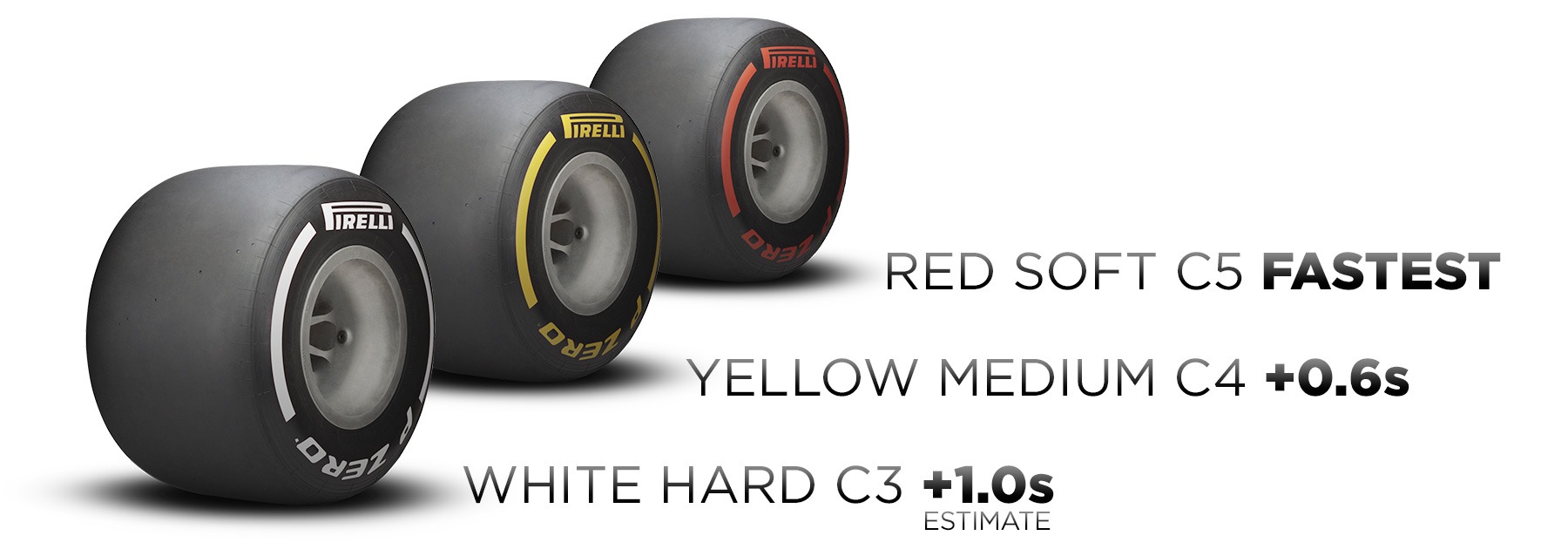
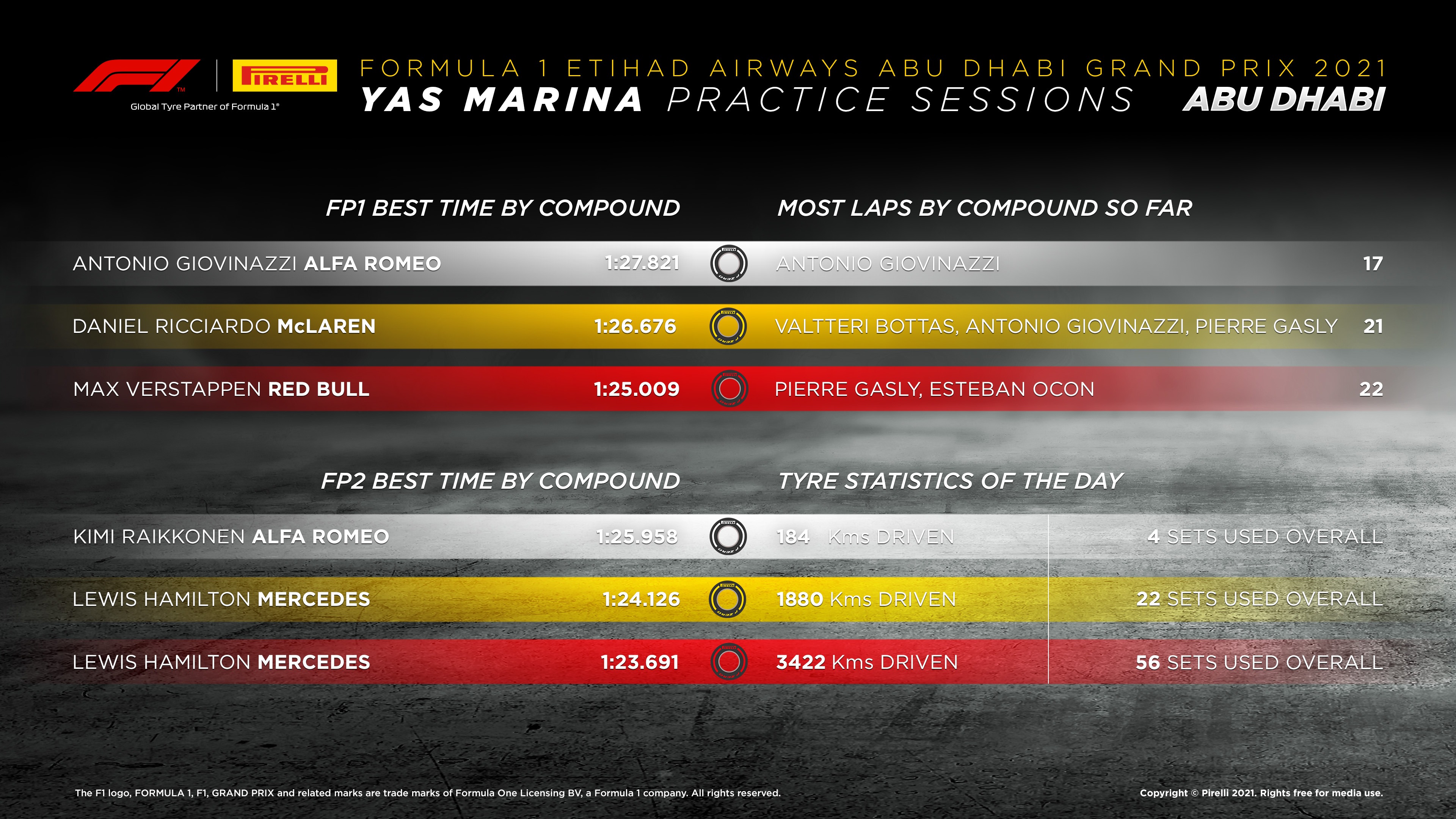
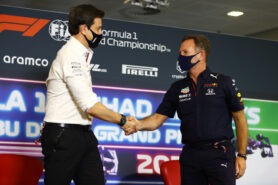
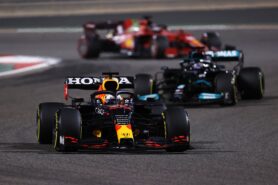









LAST 3 F1 Fan COMMENTS